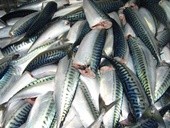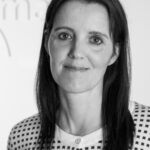This morning Matís ohf. delivered new premises at Vínlandsleið 12. Mótás hf. built the house and furnished it according to Matís' needs.
Matís' operations in Reykjavík have been in 3 locations but will now be merged under one roof and this will be a great streamlining of operations.
"This change will be a revolution for Matís and the company's operations. We are merging operations that are currently in three locations in Reykjavík under one roof. At the same time, it will be a great change and strength for our offices around the country to now be able to have their backing under the same roof in Reykjavík, "says Sjöfn Sigurgísladóttir, CEO of Matís.
The merger in one place lays the foundation for an even stronger work for the research company Matís, and the CEO says that it can be important for innovative projects in the field of the food industry.
"I have no doubt that we are already seeing the results of our emphasis on increasing Matís' collaboration with universities and the business community. This supports innovation in fisheries and agriculture, but also innovations such as food-related tourism, for example. The business community is constantly perceiving better opportunities in research and that is precisely why I welcome the fact that we are enabled to grow with new headquarters when it is important for the national economy to promote innovation, "says Sjöfn Sigurgísladóttir, CEO of Matís.
In the next few days, the new building will be moved and operations there will be fully operational in early January 2010.
Matís thanks Mótás hf. for a very successful collaboration at this time.

in the hands of Bergþór Jónsson, CEO of Mótás.






